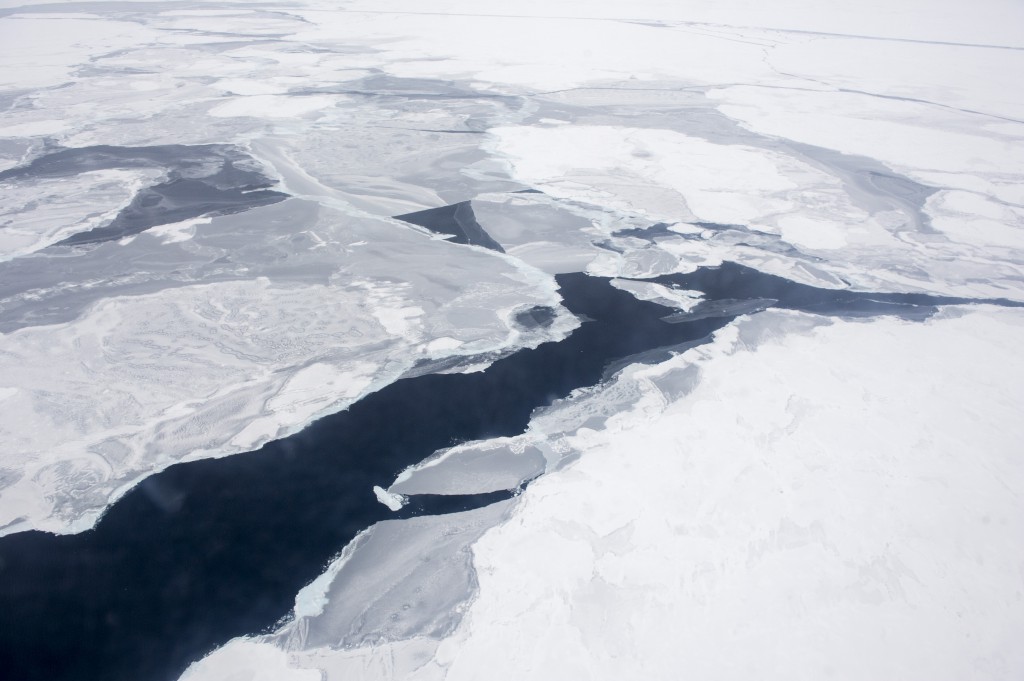The Arctic Ocean’s ice-free season could extend into fall
Based on current trends, the ocean could be ice-free for several months before 2100.

Arctic sea ice could vanish not just in the summer but also in the fall by this century if global warming continues on its current trajectory.
That’s according to two studies presented this month at the Polar 2018 Open Science Conference in Davos, Switzerland.
A report by Alexandra Jahn from the University of Colorado at Boulder, suggests an ice-free season four to five months long could occur before the end of the century should global average temperatures rise 4 to 6 degrees Celsius (7.2-10.8 Fahrenheit) above pre-industrial levels.
“I was really surprised by that, that the ice-free conditions were not constrained only to September,” said Jahn.
Arctic sea ice has been quickly thinning and shrinking in recent decades due to rising global temperatures from greenhouse gas emissions. Since the 1970s, when scientists began keeping records of Arctic sea ice, its area has halved and its volume declined by 75 percent by late summer.
Several scientists have projected that the Arctic Ocean could be ice-free in the summer by mid-century, a conclusion also backed-up by Jahn’s report.
In a separate study, Marion Lebrun, from the LOCEAN laboratory at the Sorbonne University in Paris, also found the ice-free season shifted into the fall by the end of the century, largely due to Arctic sea ice freezing at a later date.
Seawater is much darker than ice, and it absorbs heat from the sun instead of reflecting it back into the atmosphere. “You need additional time for the ice to freeze-up again because you have to get rid of that energy,” said Lebrun. It takes more time for the ocean to release the heat than to absorb the solar energy, she said. A draft version of the study has been posted to The Cryosphere.
An Arctic Ocean that is consistently ice free for long stretches of time makes Arctic shipping more appealing to companies. But the open water could also have negative impacts on northern communities that rely on the sea ice for hunting and to buffer shorelines from storms. An ice-free Arctic could upend local ecosystems and alter weather around the globe.
Scientists define an ice-free Arctic Ocean as having less than 1 million square kilometers (386,000 square miles) of ice, with some persisting among the islands of the Canadian Arctic Archipelago.
However, meeting the Paris Agreement’s aspirational target could potentially avert ice-free conditions before 2100, said Jahn. Her analysis, published in Nature Climate Change in April, showed that a 1.5C (2.7F) rise in global temperature would mean a 30 percent risk of an ice-free September by 2100.
“I found a 100 percent probability that ice-free conditions will occur at least once by 2100 for all of the scenarios except 1.5C,” said Jahn. “For preserving Arctic summer sea ice, staying below 2C global warming matters.”